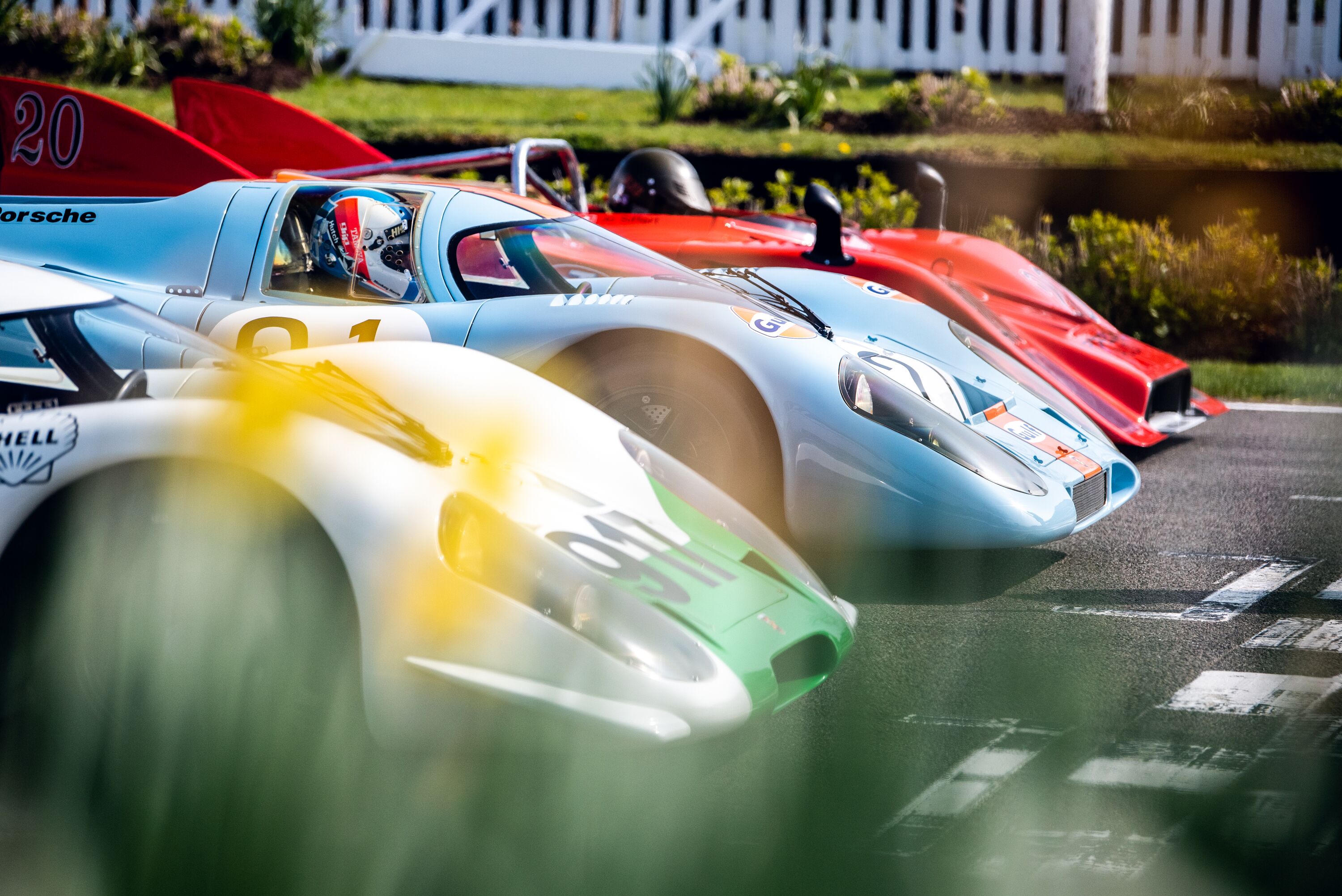John Simister: A hankering for the coolest coupe of all
 John Simister
John Simister
In early 1969, my father bought a new pair of shoes. He must have wanted them for a long time because they were described on the box as 'The Shoe You've Always Promised Yourself'. The shoes were named Gluv Capri, and the box bore a picture of the car, also newly launched, to which the owner of the newly-shod feet might also aspire.

That car was, of course, the Ford Capri. Advertised with the tagline 'The Car You Always Promised Yourself' (obviously), it was the second Ford coupé to bear the Capri name but it turned out to be massively more successful than its 1962 Ford Classic-based ancestor. The self-promised Capri was a European interpretation of the Mustang idea, saloon-based and mechanically simple but racy of look thanks to a long bonnet and a stubby, semi-fastback tail.
Its platform was Cortina MkII apart from the replacement of the steering box with a more precisely-acting rack from an Escort, but styling and sportification packs (bees' knees credentials came with the full GT XLR combination) combined with some speedy engine options to make for a convincingly, sportingly desirable machine. A three-litre Capri with the Essex V6 engine was very cool indeed.
Nowadays, fast Fords in a top-notch state are commodities valuable far beyond their democratically-attainable Essex origins (notwithstanding that UK-market Capris were, until October 1976, made at Ford's Halewood plant near Liverpool). Silverstone Auctions' sale at the recent Classic Car Show at the NEC featured 24 fast Fords, of which a very low-mileage Sierra Cosworth RS500 reached the highest price at £112,500 followed by an Escort RS2000 MkII (just 900 miles recorded) at £97,875. A very late MkIII Capri, a limited-edition 280 run-out model, made £47,250. All the credible Capris, the market pundits tell us, are on the rise.
Britain was always the Capri's best market. For the last two years of production (1984 to 1986) it was the only market, even though since 1976 all of Europe's Capris had been built in Germany and, in lower numbers, Belgium. But the best Capri ever, the one I have on my list of the top 10 cars I really, really want to own should a fiscal miracle occur, is an early German one.
Ford of Germany launched its Capri range just a month after Ford of Britain's. The cars, like the Escort and indeed the Transit van before them, were practically identical apart from some of the engines. British Ford had its 2.0-litre V4 and 3.0-litre V6 Essex motors, German Ford had its Cologne V4s and V6s with detail design differences and a wider range of capacities. Ford of Germany promoted the Capri in high-end touring car racing while Ford of Britain went rallying with Escorts, and in both 1971 and 1972 Ford's Capri drivers – Dieter Glemser and Jochen Mass respectively – won the European Touring Car Championship.
The car with which they did this, the Capri RS2600, was launched in its homologation-special road version in September 1970. Its particular version of the Cologne V6 generated 150bhp from its 2637cc, helped by aluminium cylinder heads developed and made by Weslake and fed by Kugelfischer mechanical fuel injection. Four round headlamps instead of a pair of rectangular ones gave the RS an instantly recognisable look, along with front quarter bumpers, flared front arches, a satin black finish for the bonnet, sills and window outlines, and the deletion of the dummy air vents ahead of the rear wheels.
Inside, a deep-dish Springall steering wheels and Scheel bucket seats set a racy tone for the all-black cabin. Underneath, the front suspension's crossmember was modified to give negative camber, the rear springs were single-leaf items, dampers were by Bilstein and the ride height was lowered. The wheels were normally four-spoke items similar to those used on other RS Fords of the time, but 'lightweight' versions used Minilites. The yellow RS2600 in Ford of Germany's Heritage Centre in Cologne currently has Minilites. And it is this car that, in my dreams – it is absolutely not for sale – I would own.
Never, before I drove this Capri, has a car proved to be so massively better than I expected it to be. I've driven other Capris, standard Mk1s, IIs and IIIs when they were new, a 2.8 Injection Special, the final 280 version of that same car – but none hinted at quite what this wonderful Mk1 would be like. There was, from September 1973, a British equivalent in the form of the Capri RS3100, but it had no more power despite its bigger engine and neither did it have fuel injection. The RS2600 was the purer, more serious machine.
You sit quite low, the deep-dish wheel at a comfortably-bent arm's length, the seat hugging firmly but not restrictively. From this position of oneness with the machine, you can sense the steering's sharpness, its clarity, its precision as you explore the Capri's absolutely benign keenness to let you play with the balance of power and steering input.
And there's enough power to nibble at the grip's edge on a regular basis, the engine proving rorty and revable with a crisp, slightly beaty edge and a fine howl when roused. I've never known a smoother, snappier Ford V6. So well sorted and so sophisticated does the RS2600 feel that you'd scarcely believe it to be a 1970s leaf-sprung Ford if you didn't know the truth. No wonder it made such an effective racing machine.
Inevitably, RS2600s are the most valuable of all Capris as well as the rarest. So I'll just have to enjoy the memory of my afternoon in my favourite of all Ford's RS-badged machines because I won't be owning one anytime soon.
John simister
Ford
Capri









































































